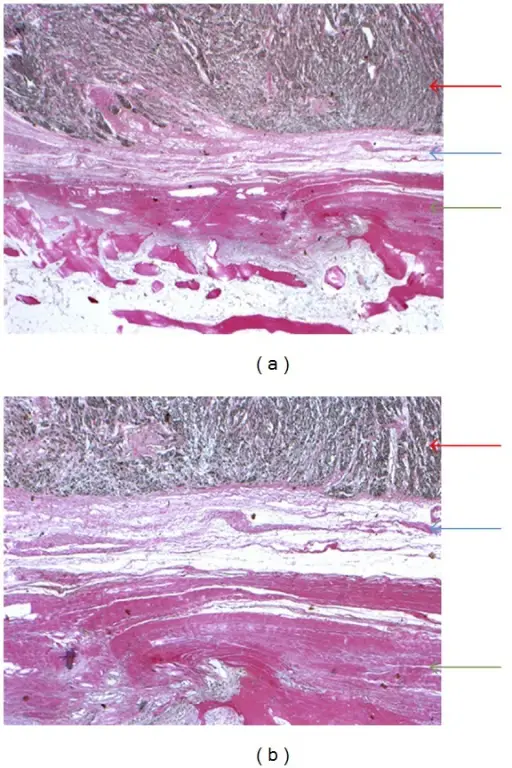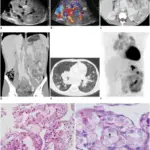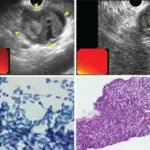Clear cell sarcoma is a malignant soft tissue sarcoma composed of monotonous epithelioid and spindle cells with clear to eosinophilic cytoplasm characterized by melanocytic differentiation and EWSR1-ATF1 / CREB1 rearrangement.
What is the Pathology of Clear Cell Sarcoma?
The pathology of clear cell sarcoma is:
-Etiology: The cause of clear cell sarcoma is unknown.
-Genes involved: EWSR1-ATF1 / CREB1
-Pathogenesis: The sequence of events that lead to clear cell sarcoma is the recurrent chromosomal translocation, t(12; 22), resulting in fusion of the EWS gene on 22q12 with the ATF1 gene on 12q13.
-Histology: The histology associated with clear cell sarcoma shows nests of epithelioid spindle cells with clear eosinophilic cytoplasm and prominent nucleoli plus melanocytic differentiation.
How does Clear Cell Sarcoma Present?
Patients with clear cell sarcoma typically affect both males and females present at the age range of 30 years and above. The symptoms, features, and clinical findings associated with clear cell sarcoma include a painless, slow-growing lump.
How is Clear Cell Sarcoma Diagnosed?
Clear cell sarcoma is diagnosed through MRI and biopsy.
How is Clear Cell Sarcoma Treated?
Clear cell sarcoma is treated by complete surgical excision with or without radiotherapy.
What is the Prognosis of Clear Cell Sarcoma?
The prognosis of clear cell sarcoma is poor with a 5-year survival rate in 50-65% of patients.



